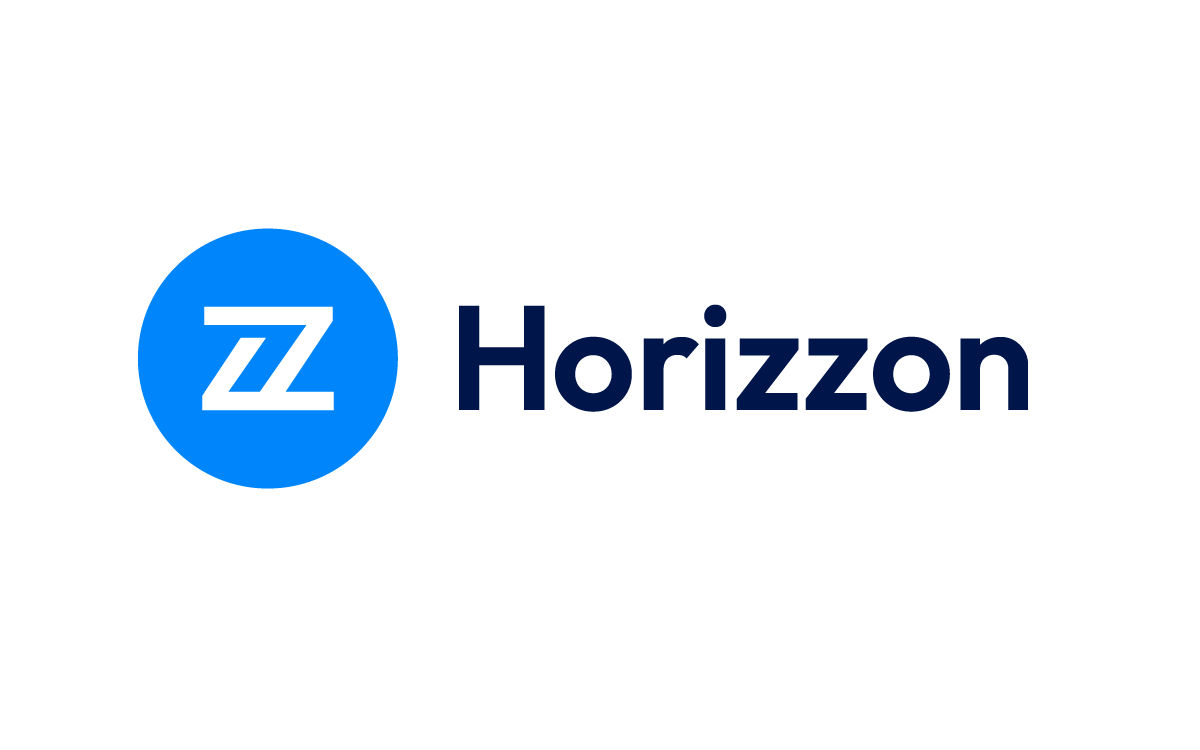The Bizzdesign Enterprise Transformation Suite
Transformation Can Take Many Forms
But One Suite Fits All
One Suite. Three Products. Endless Possibilities.
As enterprises evolve, complexity grows. The Bizzdesign Enterprise Transformation Suite enables you to close the strategy-to-execution gap, uniting planning, design, and governance so your transformation flows from vision to value.




